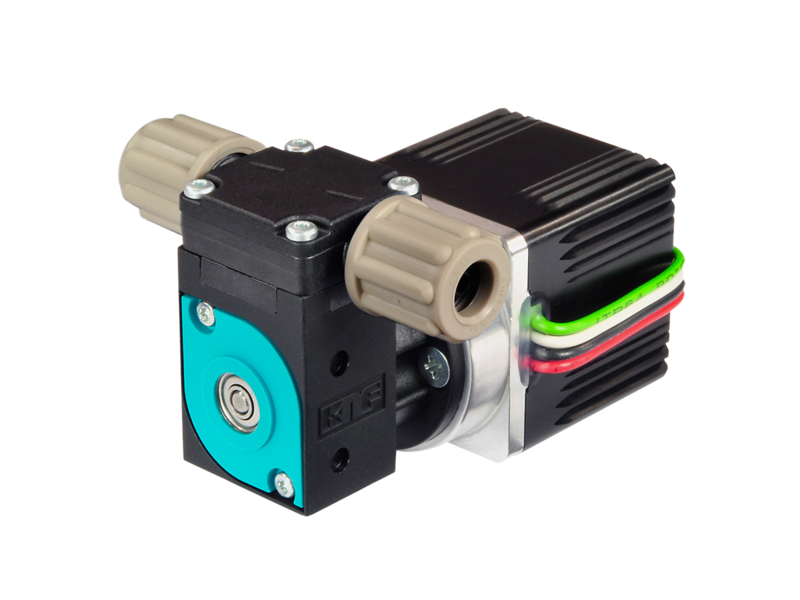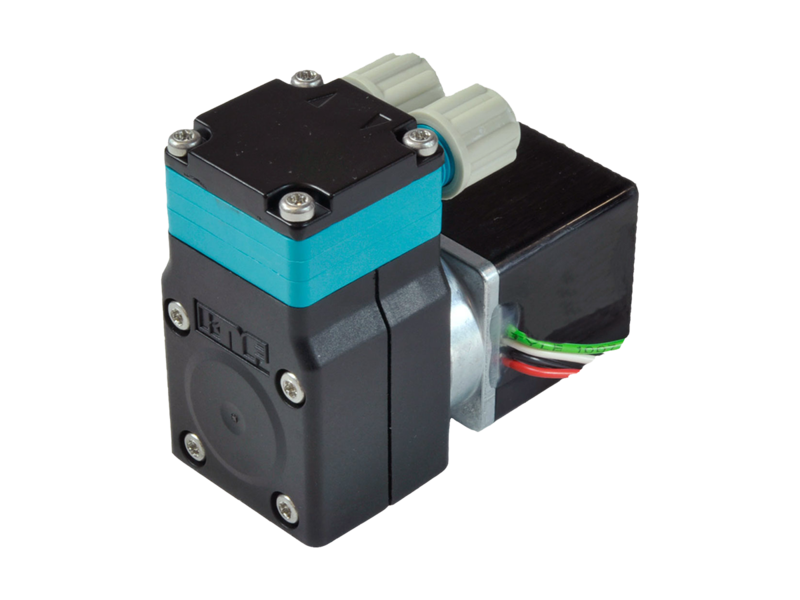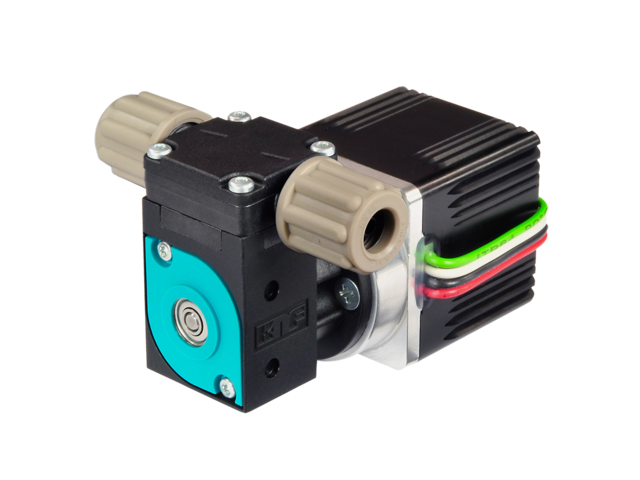Emitting Nothing but Clean Air
Meeting the new immission control requirements (44th BImSchV) with KNF

Cogeneration or combined heat and power plants (CHPs) offer users sustainable and economical heat and electricity generation. Integrated catalytic converters ensure that harmful emissions are reduced to a minimum. Adjustable, low-maintenance and chemically resistant, KNF’s pump solutions are a reliable component in these converters.
Nitrogen is a versatile inert gas whose oxides can have a sometimes considerable impact on our health. As a result, these chemical compounds must ideally be neutralized as soon as they are formed. Combustion processes are the primary cause of nitrogen oxide emissions. Since June 2019, CHP operators have been subject to tighter regulations under the 44th Ordinance for the Implementation of the Federal Immission Control Act (BImSchV). All such plants which exceed 1 megawatt (MW) of heat input and require a permit must now meet lower emission limits. NOx levels must be reduced from 500 mg/m3 to 100 mg/m3.
From January 2023, this will apply to all plants which began operation later than December 20, 2018. Pre-existing plants — those which were already in operation before that date — must be upgraded to meet the new requirement by 2029. The preferred technical method in both cases is the use of an SCR (selective catalytic reduction) catalytic converter. This device sprays a urea solution into the hot exhaust gas. The gas then breaks down and releases ammonia, which reacts with the nitrogen oxides to form neutral nitrogen and water.
The quantity of urea fed in is calculated based on the individual process. KNF liquid diaphragm pumps are recommended for this task thanks to their ability to transfer precise quantities from the active tank to the dosing line. All flow rate parameters can be digitally configured to ensure they are perfectly adjusted to the relevant requirements. The addition of reducing agent is controlled linearly via the frequency or voltage used. The exact quantity of urea which must be fed into the exhaust gas flow based on the individual load conditions are precisely matched by the flow rate range. The priming time can also be set based on target values. Liquid pumps with a flow rate from 50 ml/min to 12 l/min and up to 6 bar pressure are available.


The diaphragm liquid pumps NF 1.25 and NF 1.60 are especially well suited for use in the SCR catalytic converter’s dosing system, with low maintenance requirements, a long service life and the ability to run dry
Whether the SCR catalytic converter is installed during production or retrofitted, KNF pumps are ideal for integration in the dosing system. The penetration ability of the urea is controlled by highly stable leak-proof pump heads and equally stable screw joints for the hydraulic connection.
The SCR catalytic converter uses urea in the form of a watery alkaline solution, meaning all components which come into contact with the medium must exhibit the required chemical resistance. The series models NF 1.25 and NF 1.60 are especially well suited for use in the SCR catalytic converter’s dosing system, with low maintenance requirements, a long service life and the ability to run dry. All other series models can also be quickly and inexpensively adapted to meet these requirements thanks to KNF’s modular system. With the long running times that KNF provides, the total cost of ownership remains highly affordable.


